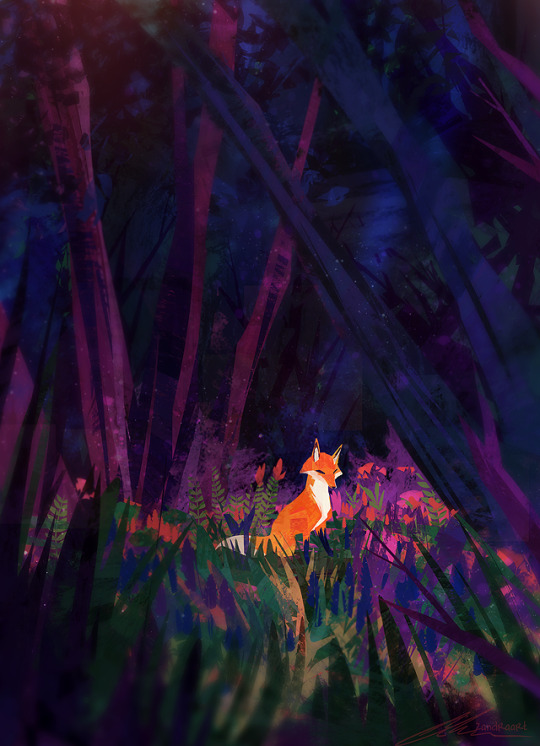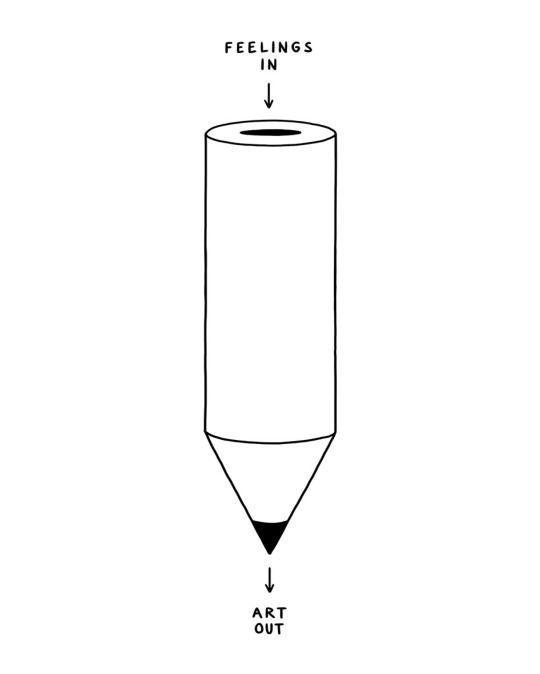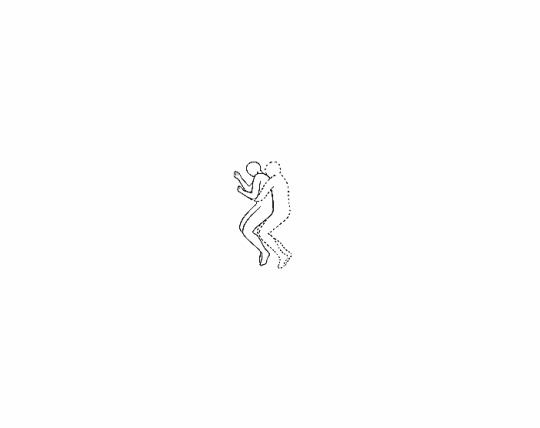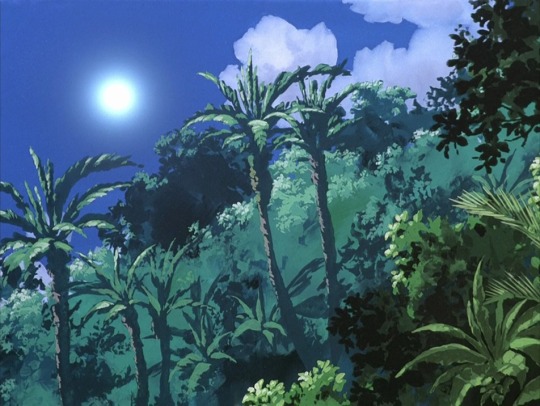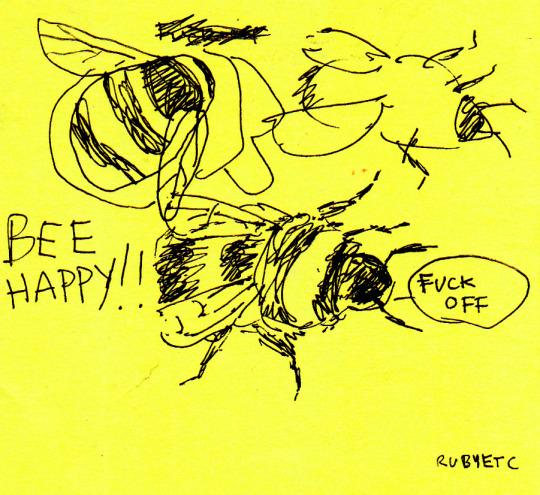Photo
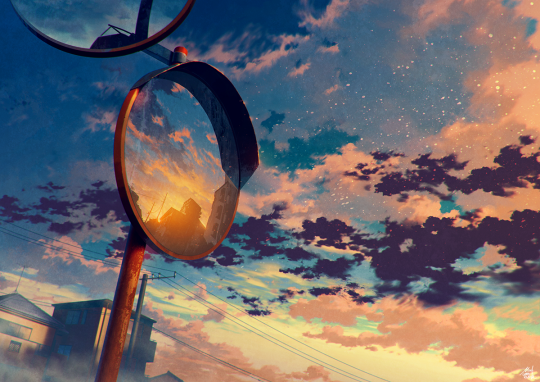

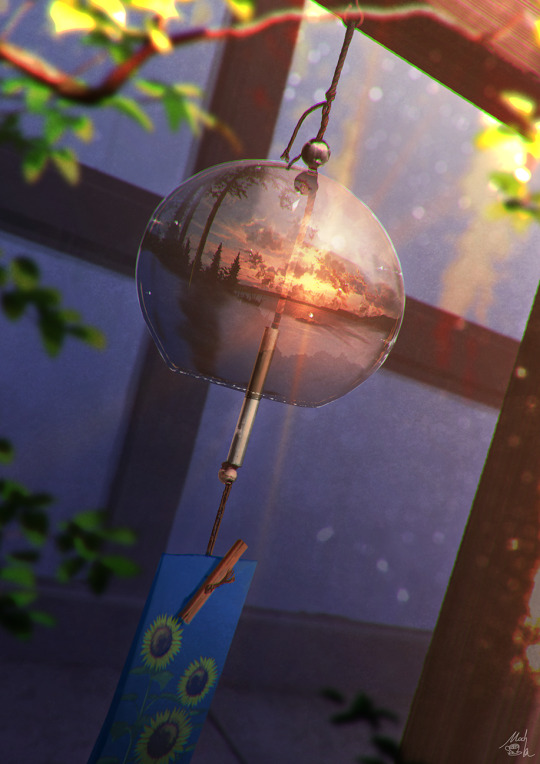

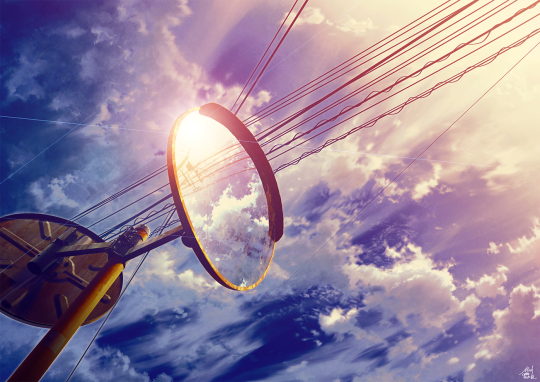
Mocha708 - https://twitter.com/mocha708 - https://ja-jp.facebook.com/people/Mocha-Cotton/100013147182049 - http://alice-books.com/item/list/all?circle_id=4475 - http://mocha708.wixsite.com/mocha708 - https://mocha.booth.pm
4K notes
·
View notes
Text
Third eye fox. Illustration i did a few years back that I really enjoyed doing.
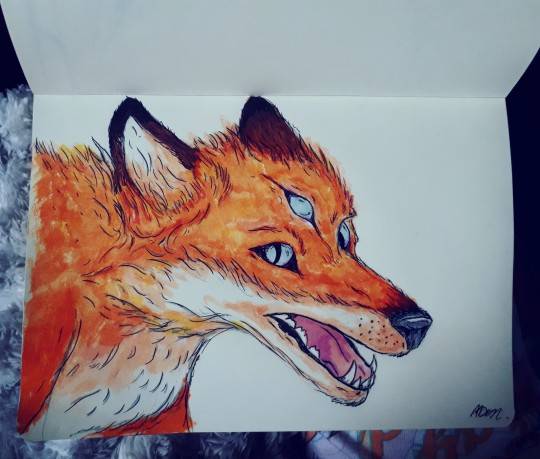
4 notes
·
View notes
Photo
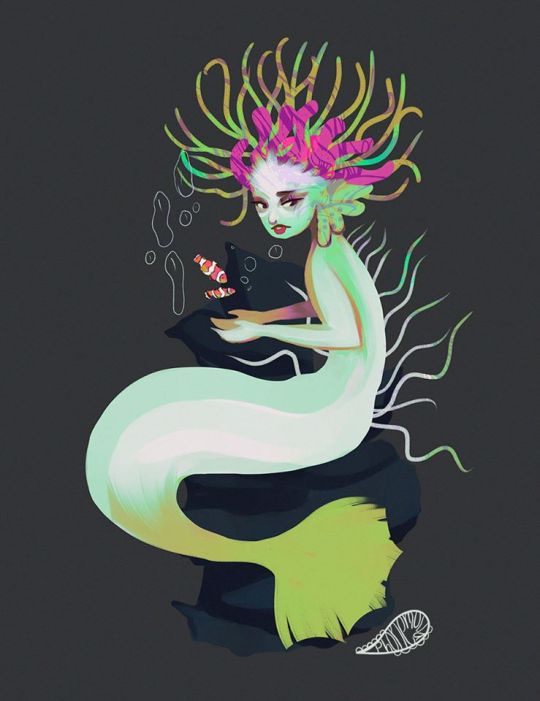

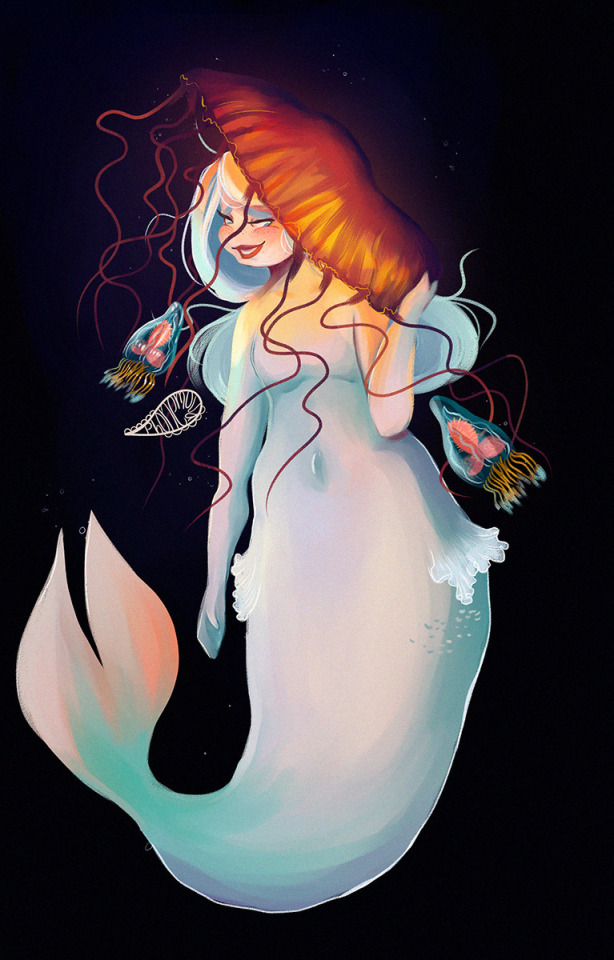
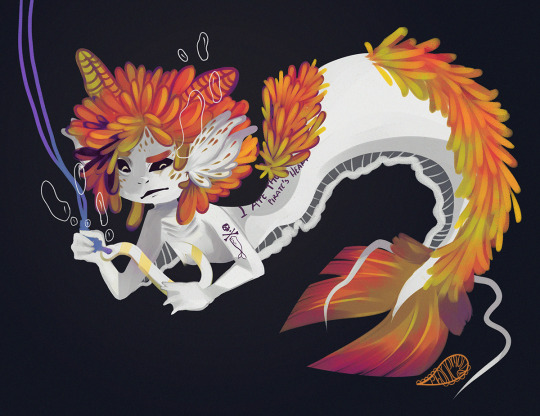

Vanessa Morales - https://phonemova.tumblr.com - https://www.facebook.com/phonemovapage - https://twitter.com/phonemova - https://society6.com/phonemova - https://www.pinterest.es/phonemova - https://www.behance.net/phonemova - https://www.instagram.com/phonemova
1K notes
·
View notes
Photo

I decided to make my family Christmas presents this year, being locked up in the house in 2020 has meant that i had time to create instead of buying gifts. My sister has a wee boston terrier called Bonnie! So i tried my hand at digitally painting her using Affinity Designer and my new Huion pad. My sister loved it :)
#digital painting#digital art#boston terrier#puppy#art#colour#portrait#huiontablet#affinitydesigner#mywork#artists on tumblr#artoftheday
10 notes
·
View notes
Photo
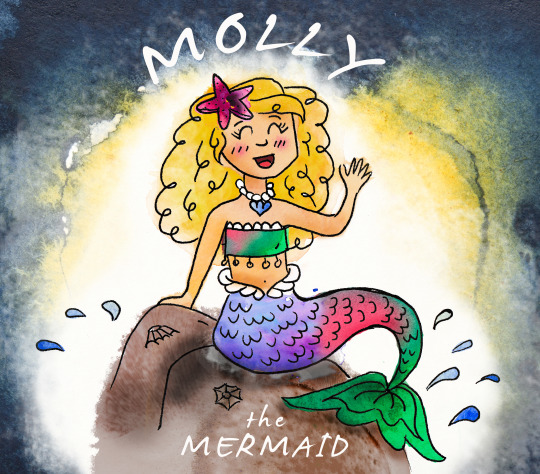
My partners sister is writing a children's book especially for her daughter and she asked me if i could come up with her main character. This was the final design :)
#mermaid#Illustration#colour#chilrensbook#watercolour#drawing#black pen#mywork#fineline#original character#illustrator#artists on tumblr
0 notes
Photo


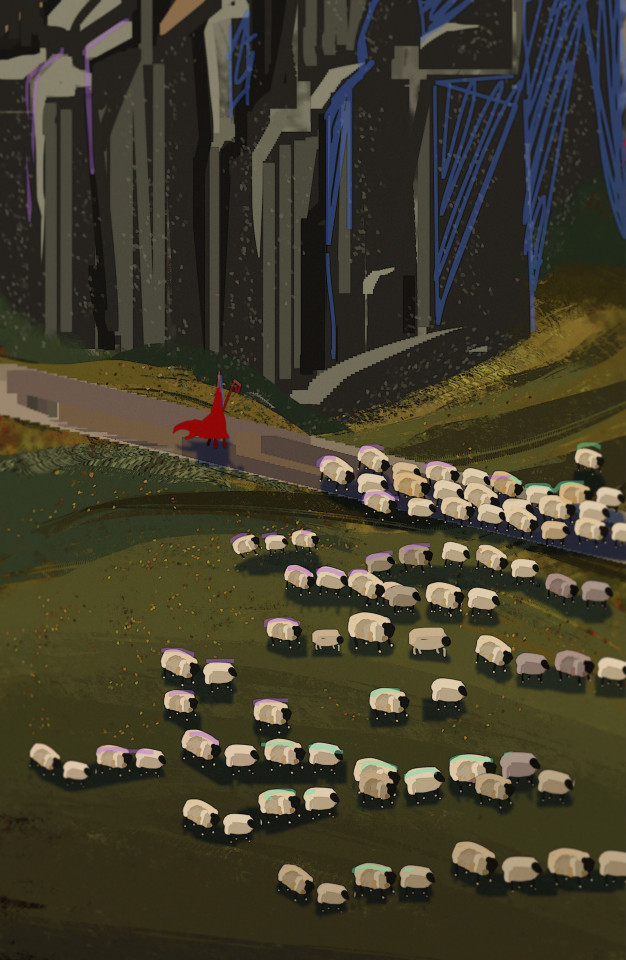


Henry Wong - http://www.instagimg.com/user/henrywongdraws/1638186775 - https://twitter.com/henrywongdraws - https://www.linkedin.com/in/henry-wong-170530142 - https://www.instagram.com/henrywongdraws - https://www.facebook.com/henry.wong.54584
4K notes
·
View notes
Photo

La La Land Movie Poster by Ana Döring (behance & tumblr)
2 notes
·
View notes
Link
0 notes
Photo

The Old School Wrestling Activity Book
by Alon Avissar
0 notes
Video
youtube
(via https://www.youtube.com/watch?v=lKQkSENIJ-M)
Check Fran out!
1 note
·
View note
Video
youtube
(via https://www.youtube.com/watch?v=5rvORx1Nnyw)
Hello everyone! :3 I thought this video was a fantastic review on the Copic/ Pro-marker debate. Any illustrators, hobbyists and crafters using markers as their choice of media, should take a look. Its a great comparison.
3 notes
·
View notes
Text
Mood Boards.
Mood boards can be a great way to convey your design idea - Here is some advice on how to create them.
Here we explore mood boards – what they are, how can they help, and how you make one. When trying to convey a design idea, moods, feelings and fluffy stuff like that are hard to communicate. So professional designers will often use mood boards: a collection of textures, images and text related to a design theme as a reference point.
Telepathy would save a lot of time but sadly for most of us it's not an option. What I'm thinking and feeling about a creative idea, my intended vision for a piece of work, is limited to how good my verbal communication skills are at expressing concepts. Mood boards help others to 'get inside our heads' in order to convey a thematic setting for a design or to explain function in piece of work.
That said, mood boards can be a pain to create, with many hours spent trawling image galleries, websites, books and magazines looking for that perfect image to sum up your intended feel for the work at hand. So here are a collection of tips to help make your mood board making more effective – and double your chances of winning that pitch!
Gathering inspiration
01. Look beyond the digital world
When putting together mood boards, it's easy (and therefore tempting) to just use Google Images. But just because you're working on a digital product, don't just look for digital-based inspiration. For example, whilst working on the ITV news website, digital innovators Made by Many looked at copies of the veteran Picture Post magazine in order to express how powerful and effective an image plus a caption can be for telling a news story.
Real world inspiration such as this can be a very powerful 'convincer' when putting together a board for a client.
02. Take pictures when you're out
Real world inspirations are all around us. So use the camera on your phone to take pictures of everything you see that inspires you - whether that be a bird in flight, a great use of typography on a sign, or the brickwork on a building. They don't have to be great photos in the traditional sense – it's all about capturing thoughts, impressions, themes and feelings.
Creating the mood board.
03. The basic concept
Have you ever had the misfortune of going to a gallery exhibition and it just not doing anything for you? You weren't 'touched' by the exhibition or 'moved' by what was on show – and other similar emotive profusions. It's very easy to shove a load of stuff together and call it an exhibition; it's an absolute talent to curate threads and synergies between works and call it an exhibition.
When putting together mood boards, think of yourself as a curator rather than a collector, and try to have meaning and threads from one image to the next. It makes for easier interpretation.
04. Choose the right format
Find out at the outset whether your mood board is going to be presented in person or emailed to the client. The answer will decide whether you produce an offline or online mood board. The distinction is not trivial: the two formats demand very different approaches.
An offline mood board will generally be looser in style and require the extra kick and emotive spark that comes from it being presented to a client. An online mood board should be tighter and will generally need to work harder to convey a theme or style.
05. Build things up around a large image
Whether it's being electronic or physical, the layout of your mood board needs to give prominence to key theme images, then surround these with smaller supporting images that enhance the theme.
Again, it's a subliminal trick. When someone looks at a large image on your board in their heads they'll have questions about it – which they'll quickly scan the rest of the board to find answers for. If you place smaller supporting images around the larger image they should do this job for you by clarifying the messaging given in the larger one.
06. Get tactile
When making a physical mood board, don't be afraid to get, well, physical. Traditionally mood boards are made from foam board and cutting this stuff up with a scalpel and spray mounting cut-out images onto it can be a pain, especially if you're not dexterous with a blade. But it's extremely effective as a presentation tool. The tactile nature of cut-out images glued onto boards enhances the emotiveness of what's being explained.
It may seem like a ridiculously old fashioned thing to do, but perception-wise it's a real ace up your sleeve as a designer. Just be careful with your fingers on that blade...
General pointers
07. Hone your mood board skills
Brand gurus Landor Associates use a form of mood board to showcase themselves to other members of the team. Formed of nine images in a 3x3 grid, it gives their fellow work colleagues an insight into what that person is like; their interests, loves, passions, cares and worries. If you ever want to test out your mood boarding skills – the ultimate challenge at making mood boards – try this out and showcase it to your friends, family and colleagues.
08. Text it up
Don't ignore the power of a few isolated words on a board. They're fantastic show-stoppers and give your viewer pause for thought as they have to mentally read what's in front of them. Big, bold words juxtaposed together work very well at creating drama, tone and meaning for any project.
09. Make the theme obvious
Obscure references can be fun but try to have a number of relatable items or 'touch points' featured in your mood board. You want to let others in, so being deliberately obtuse will earn you no points at all. It's much harder to be clear and use imagery to sell your vision than hiding behind a pile of incomprehensible references just to fill the board out with. But it's worth the effort to do so.
10. Aim to spark an emotional response
Think a little bit left of centre if you're presenting a mood board to a client. What would give them a genuine emotive response to? Real word objects are good for this. If you were inspired by the beach, bring in a shell. If your eureka moment happened on the bus, bring in the ticket. This type of thing intrigues people's brains and gains that all-important emotive reaction.
11. Don't make presumptions
Presumption making can be the difference between a successful mood board and one that's dismissed as being too cerebral. There's a danger of expecting too much of the audience – that they'll 'know what you mean'. Chances are they won't. So if it takes a few more references, images or textures to get what's inside your head into a client's then add them in.
12. Have fun!
The whole process of creating mood boards should be fun - a refreshing break from the often tedious tasks of the jobbing designer. If you're not having fun then it's a sure sign you're going about things the wrong way...
6 notes
·
View notes
